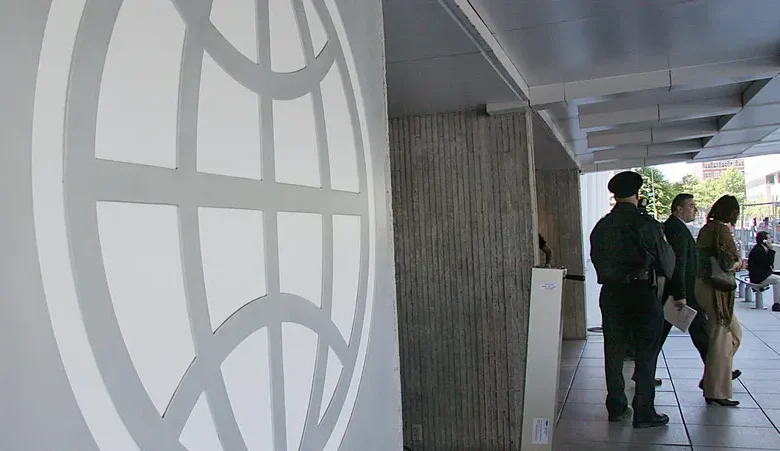World Bank warns of ‘lost decade’ as growth slows following COVID-19, Ukraine

The global economy’s potential growth through the end of the decade has slowed to the weakest in 30 years, the World Bank said, citing fallout from the coronavirus pandemic and the conflict in Ukraine.
Having started the millennium on a faster trajectory, the global economy’s “speed limit — or the highest long-term rate at which it can grow without triggering inflation — is set to slow between 2022 and 2030 to 2.2 percent a year, the organization said in a report released on Monday.
“A lost decade could be in the making for the global economy, Indermit Gill, the World Bank’s chief economist and senior vice president for development economics, said in a release accompanying the report. “The ongoing decline in potential growth has serious implications for the world’s ability to tackle the expanding array of challenges unique to our times — stubborn poverty, diverging incomes, and climate change.
The silver lining of the multilateral development bank’s 550-page report: Potential growth could reach as high as 2.9 percent, marking an acceleration should policymakers deploy the right plans to boost productivity and labor supply and shore up investment.
The World Bank’s latest research is set against the backdrop of a fragile global economy that’s still reeling from Russia’s war in Ukraine and efforts to reopen after the darkest days of the COVID-19 pandemic. Many economies, including China, are facing ongo-ing demographic crises that have meant a mad scramble for policies to promote more childbearing — or to push back the retirement age, as France has most recently demonstrated.
The report’s analysts note that things could get worse, with steep-er declines in potential growth if a global financial crisis or reces-sion materializes.
Among the authors’ specific policy prescriptions to stem this de-cline in potential growth:
Changing demographics — namely, a smaller pool of workers and lower labor participation rates as many societies are skewing old-er — are pinned for about half of the expected slowdown in poten-tial growth through 2030.
The authors specifically call out economies where female labor participation lags, estimating that some in South Asia and the Middle East and North Africa regions could raise their potential growth by 1.2 percentage points a year in the 2022-30 period if they bring those rates up to the average across emerging market and developing economies.
It’s become a common siren call in the wake of the pandemic: Governments and central banks need to work more closely to-gether to ensure their efforts aren’t at cross-purposes, especially amid still-high inflation. The World Bank report calls for focusing on taming price growth, cementing financial-sector stability, and lowering debt in a bid to win back investor confidence.
Governments need to put more money to work for projects, and especially turn an eye toward mitigating climate risk — including transportation, energy, agriculture, and land and water systems, according to the report. The authors reckon that doing so could give a 0.3 percentage point per-year cushion to potential growth.
While also pushing for further trade liberalization and pacts, the World Bank analysts called for countries with the highest shipping and logistics costs to cut them in half, including via changes to customs and border procedures that have acted as an effective added tariff. Transit delays are shown to be quite expensive, with each day in transport equivalent to a 0.8 percent duty, according to separate research that the report cites.
The authors note that trade-cost discounts can be achieved in a climate-friendly way, such as through removing any bias in favor of carbon-intensive goods in country tariff schedules.
The services sector is billed in the report as potentially “the new engine of economic growth, pointing to a COVID-19 era surge in digital services exports related to information and communications technology to more than half of all services exports in 2021, from 40 percent just two years earlier. That’s a boon to productivity, the analysts write, and developing economies should especially seek to bolster associated education and training.










